First published on 9 March 2020
By Javier Caletrío
Tourism and wildlife conservation organisations promote wildlife tourism as a conservation, development and educational tool. Your holiday in exotic landscapes, they argue, could make the world a better place. But as the demand for ecotourism and its associated greenhouse gas emissions grow, is flying to distant places compatible with the international commitment to avert 1.5 or more of global heating?
Introduction
Ecotourism is regarded as the fastest growing segment in the tourist industry. Commentators claim it represents between 7 and 20% of all international travel and is growing at an annual rate of 10-30% [1]. Although the accuracy of these figures partly depends on how ecotourism is defined, the desire to see well preserved or aesthetically pleasing landscapes and their wildlife is undoubtedly on the rise, underpinned by the positive image that has long accompanied ecotourism. Tourism in well-preserved areas, wildlife conservation organisations argue, can help local communities shift away from unsustainable resource use, generate income for development and conservation, and educate locals and tourists about the value of biodiversity. Today, however, tourists face contradictory messages from these conservation organisations on the one hand (keep flying to exotic wildernesses), and from climate scientists and activists on the other (fly less). Is our flying then part of the solution to the ecological and climate crises or part of the problem?
Here are ten key arguments of wildlife tourism advocates, each followed by an explanation of why we should be wary of these.
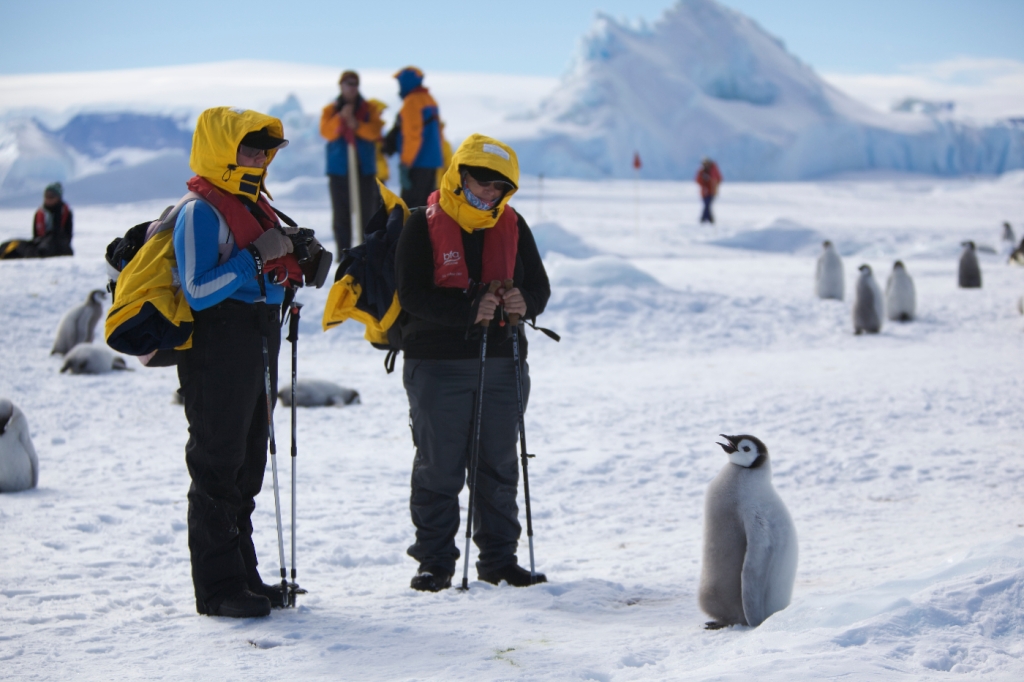
Argument 1. ‘Without wildlife tourism, biodiversity-rich places will disappear.’
Wildlife tourism can have positive effects in some places, for some people and some species. This is a good starting point for a conversation about the sustainability of wildlife tourism. In broadening the conversation we also need to consider whether all wildlife holidays have conservation value (unfortunately the response is that often it is negligible or non-existent). For those places where tourism does provide vital funding for conservation, we must ask whether there is an overreliance on international tourism, what led to this situation, who benefits from it, and whether it is sensible to continue relying on tourism to fund conservation in the face of a growing risk of pandemics and the need to reduce aviation demand within the next two decades. Whether ecotourism works and for whom it works is a contested issue, and there are good reasons to be agnostic about ecotourism as a conservation tool.

In addition to this, tourism is responsible for 8% of global carbon emissions (this is without considering the non-CO2 warming effects from aviation which make it twice or three times as climate-relevant) and global heating is already having an impact on biodiversity. Without urgent and drastic emission cuts a third of animal species could be lost by 2070 and around a quarter of all vertebrates, half of insects and 44% of plants could face severe range loss by 2100.
Argument 2. ‘Developing countries need revenue from ecotourism. Without ecotourism poor people will suffer and global inequalities will persist.’
Tourism is an important source of income for many localities and countries. The climate crisis, however, is already increasing global inequality since it is in poor countries where the impact is greater. According to research published in April 2019, in most poor countries higher temperatures are more than 90% likely to have resulted in decreased economic output, compared to a world without global warming. In sub-Saharan African countries including Sudan, Burkina Faso and Niger climate change has driven down GDP per capita by more than 20% than would have been the case had climate change been absent. A related study published in 2015 estimated that the average income in the 40% poorest countries will decline by 75% by 2100 compared to a world without warming. The economic impact of tourism in certain localities pales in comparison to the growth of poverty in tropical regions associated with rising temperatures [3].

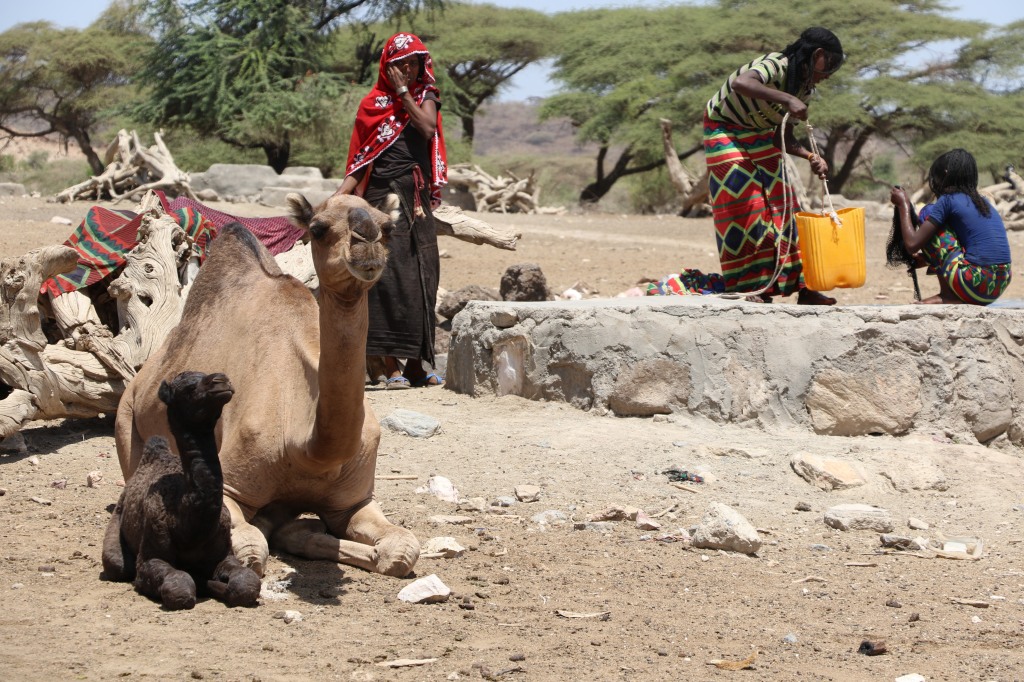
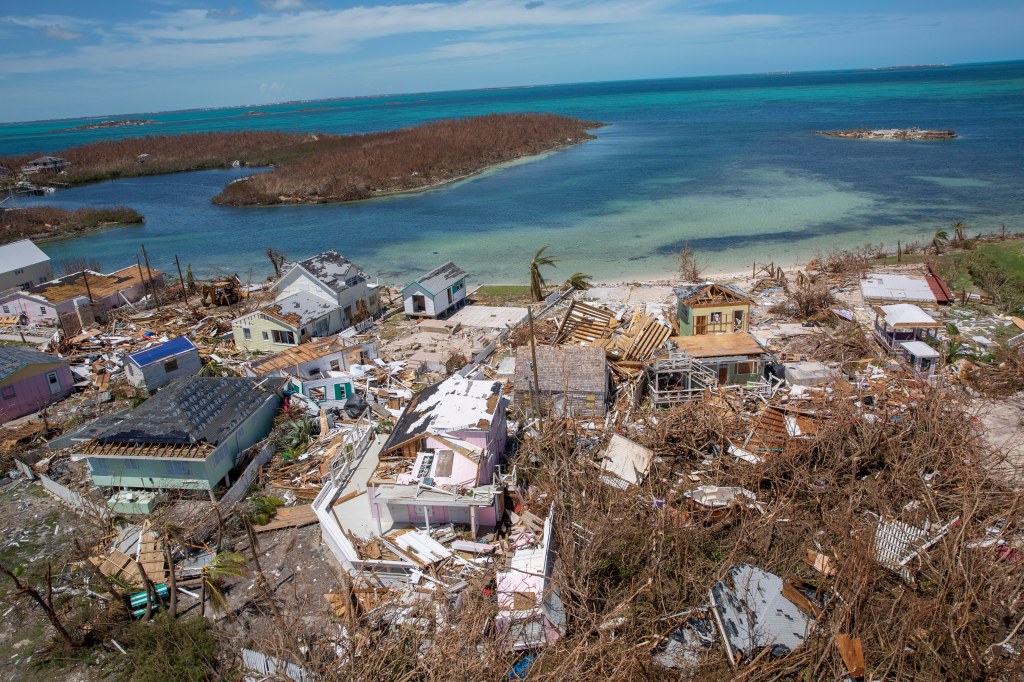
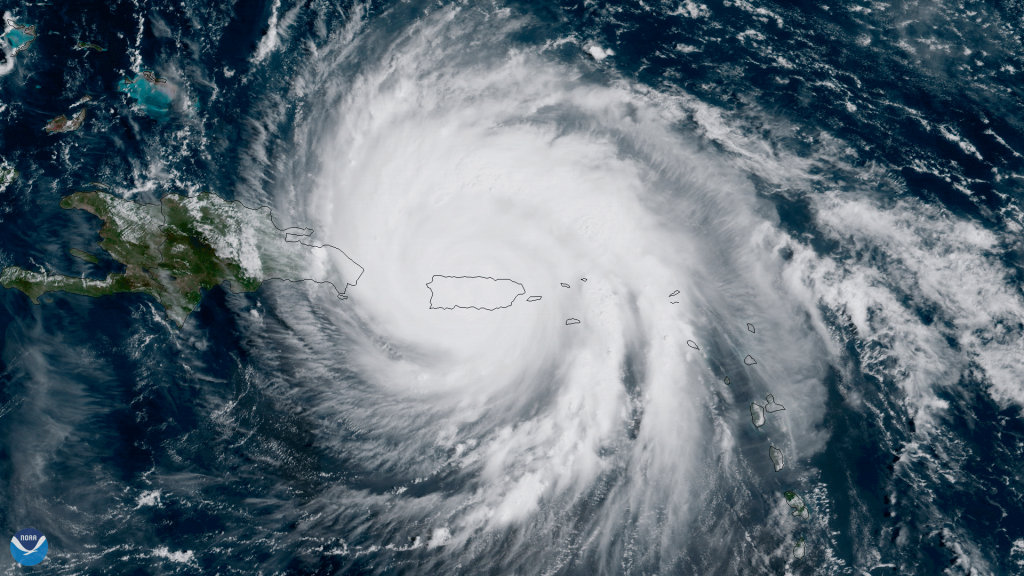
Argument 3. ‘There is no economic alternative to ecotourism.’
One needs to consider the wider economic and institutional context of programmes to develop tourism as a conservation tool. From the 1990s international aid for development has often been tied to structural adjustment policies that have reduced the size of states, resulting in a lack of state capacity to enforce conservation laws and need for foreign exchange. This development approach envisions market mechanisms such as ecotourism, bioprospecting, and carbon offsetting as providing key funding for biodiversity conservation. A legitimate question is why should biodiversity conservation and ultimately the future of a liveable planet depend on the market?
If tourism is the main source of income in a locality, we need to ask why this is so and what the implications for people and the environment are. Is this specialisation the result of conservation policies limiting or prohibiting permanent human settlements and other economic activities? If so, who made this decision and who benefits from it? Did the local population have a voice or was it imposed by national governments, conservation organisations, local elites, tour operators, and international development agencies? Were conservation policies informed by the values and worldviews of the local population? Were human rights and land rights violated?
The creation and management of protected areas such as national parks are often inspired by a ‘fortress conservation’ approach which on the one hand limits what can be done and who can live within protected areas designated as ‘wilderness’, and on the other seeks to bring largely middle-class western tourists in contact with that ‘wild’ nature [4]. Fortress conservation is the dominant approach of conservation globally and has led to human rights violations [5]. According to political ecologist Dan Brokington by 2002 the expansion of the global network of protected areas had resulted in the eviction of a minimum of 10 million people from their homes and lands.
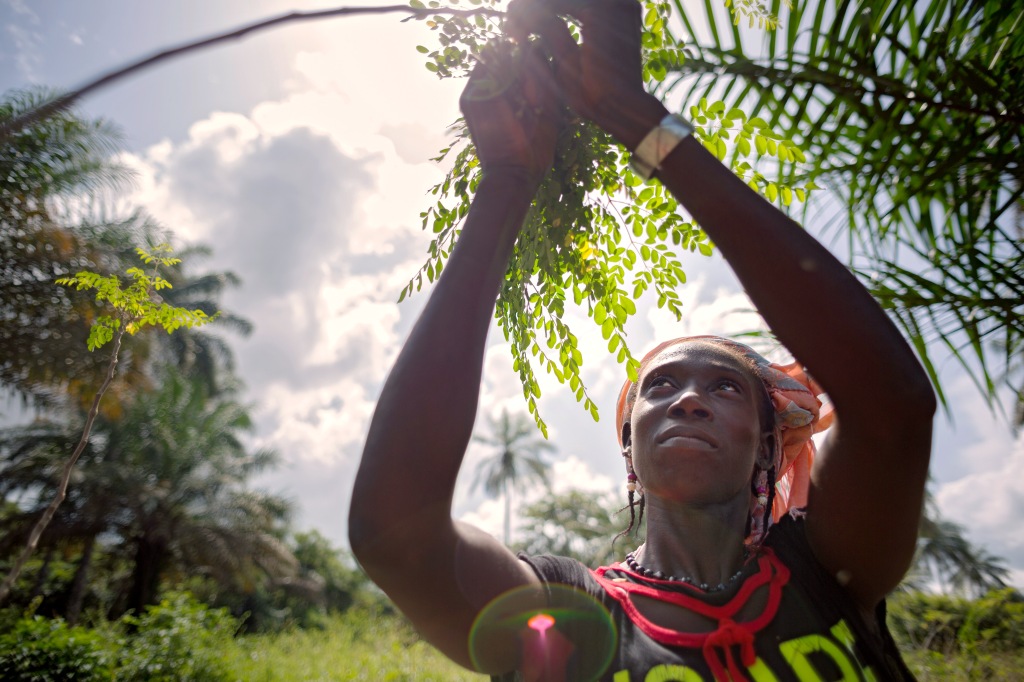
There are, however, rights-based biodiversity conservation approaches inspired by principles of equity and environmental justice which promote structural transformation of the economy aimed at greater resilience in the face of economic and ecological uncertainties. One of these approaches is called convivial conservation [6]. A key idea of this approach is a ‘conservation basic income’ that sustains biodiversity friendly livelihoods.
To summarize, the rise of neoliberalism (deregulation, forcing open national markets to trade and capital, shrinking governments via austerity or privatisation) is the context in which ‘conservation-funded-through-market-mechanisms’ in biodiversity-rich areas emerged during the last four decades. But other conservation paradigms are possible. Flying-dependent tourism from rich countries does not have to be the only economic option in biodiversity-rich areas.
Argument 4. ‘People will only care for biodiversity if they experience it first-hand. Ecotourism nurtures pro-environmental attitudes.’
This argument is accepted wisdom in the nature conservation movement and is used to promote greater access to the outdoors and nature reserves. It has, however, two key shortcomings. Firstly, research has shown that higher environmental awareness does not automatically lead to smaller ecological and carbon footprints. Educated, cosmopolitan, and environmentally aware segments of the population are often among the highest carbon emitters. In Germany, Green Party supporters fly more frequently than supporters of any other party, and research in the UK and the USA shows that conservationists have similar ecological and carbon footprints to medics and economists, two professions with lower environmental literacy. ‘While it may be hard to accept, we have to start acknowledging that increased education alone is perhaps not the panacea we would hope,’ argues lead researcher in this study Andrew Balmford, Professor of Conservation Science at the University of Cambridge. Individuals with a green identity ‘intend to behave in an ecologically responsible way, but they typically emphasize actions that have relatively small ecological benefits’ such as recycling or using more efficient light bulbs. Adopting a plant-based diet and flying less deliver larger ecological benefits but are often ignored or deemed too inconvenient [7].

This is not to deny the value that first-hand experiences of wildlife have for many people. But in the midst of a climate crisis, why do these experiences have to be in far away places? In Europe, for example, aren’t the continent and adjacent regions culturally and ecologically diverse enough to provide satisfying wildlife experiences? These areas are accessible with low-carbon transport. If the real point is the educational value of first-hand experiences of wildlife, why insist on the ‘need’ to provide these experiences in exotic landscapes when flying is the privilege of less than 5% of the global population? This is also not to deny the possibility to visit distant places, but in a liveable planet, these would be once in a lifetime experiences and not something conceived of as a inalienable right.
Argument 5. ‘Limiting flying will make people narrow minded, intolerant, and less caring towards distant others.’
There is no empirical evidence showing that frequent flying necessarily makes one more tolerant of cultural difference and more caring towards distant others. Humanities and social science research shows that there have always been other paths towards cosmopolitanism than physical travelling, and this is especially the case now in the age of global media. In any case, the argument here is not against travelling but against frequent high-carbon travel. In Europe it is possible to reach many culturally and ecologically diverse regions by train and other means of low-carbon travel.

Whether the primary motivation to travel to exotic landscapes is a concern for distant others and the planet has been questioned by anthropologist Robert Fletcher. In his book about the cultural dimensions of ecotourism, Fletcher argues that ecotourists are primarily driven by a restless desire to accumulate sights and experiences. Young people in particular often engage in ecotourism as a way to project an image of themselves as ‘heroic, worldly, daring, and bold’ individuals.
Argument 6. ‘‘Emissions from flying can be ‘cancelled out’ through forest preservation offsets.’’
This is not a convincing argument either. To mention just one problem: CO2 stays in the atmosphere for at least a hundred years while the trees bought or planted through an offsetting scheme may not be there next month, next year, or the next decade. Fires, changes in governments, political instability, poverty, corruption, revolutions, armed conflicts, migrations, ‘natural’ disasters—it is impossible to predict what will happen to a forest (let alone to the company selling the carbon credits) in the next hundred years, and there is little reason to believe that the coming decades are going to be any less troubled than the last century [8]. We need forest conservation, reforestation and potentially afforestation in addition to—not as a substitute for—urgent and drastic emission cuts [9].
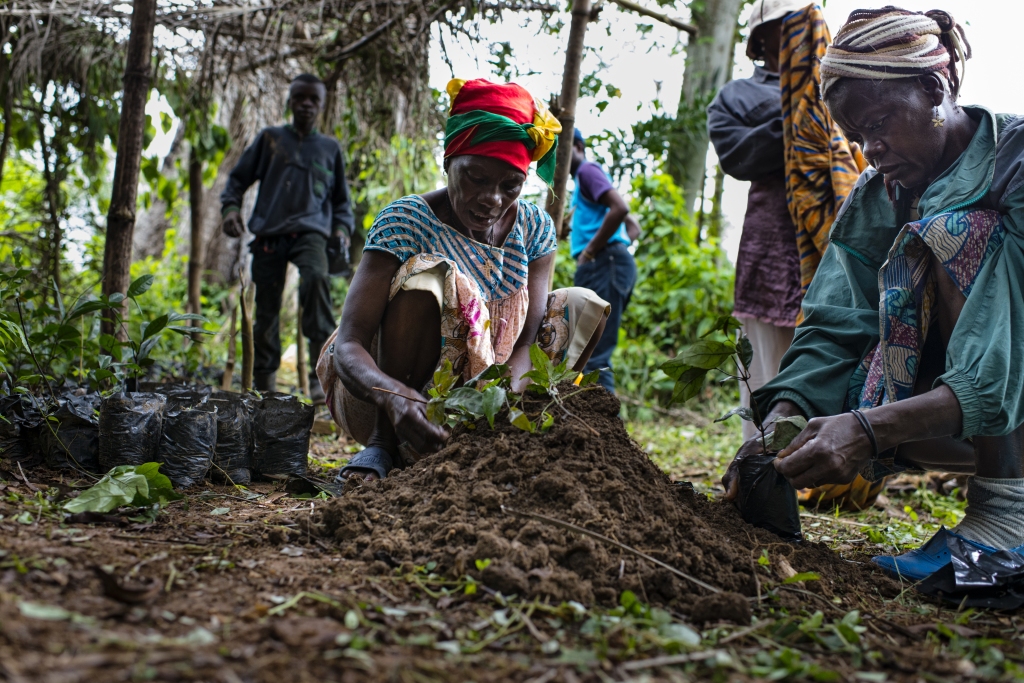
Argument 7. ‘We can remove carbon from the atmosphere with Negative Emission Technologies (NETs) such as Bioenergy with Carbon Capture and Storage (BECCS).’
Removing carbon from the atmosphere is a complicated process initially conceived of as a backup tool in case emissions are not curbed as early as needed and to deal with sectors difficult to decarbonise such as agriculture. Climate modellers, however, have incorporated NETs in their climate models as if they already existed and were capable of removing vast amounts of carbon. The reality is that these technologies exist at best as small pilot schemes and may never work at the required scale. The European Academies’ Science Advisory Council clearly noted in 2018 that ‘Negative emission technologies may have a useful role to play but, on the basis of current information, not at the levels required to compensate for inadequate mitigation measures. (…) We conclude that these technologies offer only limited realistic potential to remove carbon from the atmosphere and not at the scale envisaged in some climate scenarios’. The tentative potential of NETs is being used to undermine the requirement for immediate and widespread decarbonisation. An additional problem is that the deployment of BECCS would require land between three and five times the size of India which could be achieved only by reducing land available for natural habitats and food production.
Argument 8. ‘Natural ecosystems can remove carbon. If we invest in nature-based climate solutions we can carry on with our high-carbon lifestyles.’
Around one third of the greenhouse gas mitigation required between now and 2030 can be provided through ecological restoration, a set of processes known as Natural Climate Solutions. The widespread adoption of cost-effective natural negative emissions approaches such as reforestation and wetland regeneration along with stringent mitigation measures (including lifestyle change) can help deliver the Paris Agreement and reduce or even eliminate the need for BECCS. The regeneration of natural landscapes is therefore vital for a stable climate, but this is not a substitute for urgent and drastic emission cuts in line with climate science.
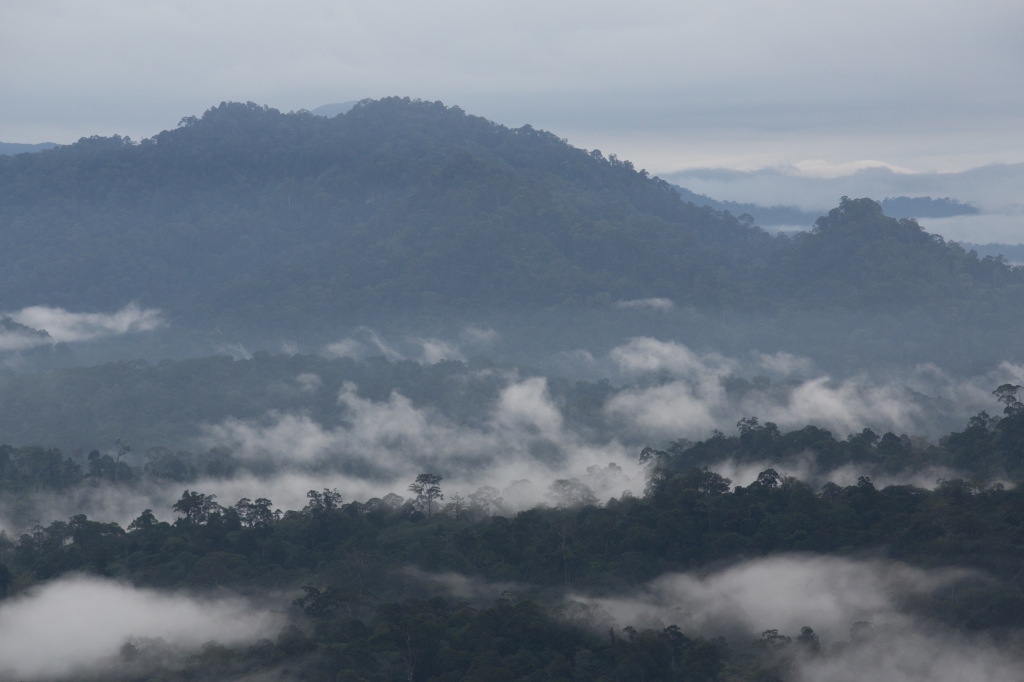
Argument 9. ‘We cannot limit aviation. Its contribution to global emissions is very small and it is a vital sector for a connected and democratic world. And besides this technologies for clean flying already exist.’
It is important to unpick the alleged merits of aviation in detail, one by one.
‘Aviation produces only 2% of carbon emissions while being a vital sector for international cooperation and economic development.’
According to the aviation industry carbon emissions from aviation are around 2-3%. However, the climate impact of aviation is greater because it emits other greenhouse gasses and because gasses emitted at higher altitudes have greater impact. Aviation contributes around 5% of human-induced warming and since demand is expected to double within two decades and there are no technologies in sight to make green flying a reality, it could consume up to 27% of the 1.5°C carbon budget by 2050. International aviation emissions in the EU have increased 140% since 1990.
‘Most flying is done by business people.’
This is incorrect. Globally business trips represent around 13% of international tourist arrivals (10). Most flights are taken by an affluent minority for holidays.
‘Flying enabled the democratisation of travel and tourism.’
Aviation is far from being a democratic mode of transport, if by this we mean effectively available to all. Less than 5% of the world’s population fly in any given year and most flying is done for holidays by an even smaller population segment. In England, the top 10% of the most frequent flyers took more than half of all international flights in 2018.
‘If that’s the case, why should the emissions of a small number of people matter at all?’
It matters because this inequality weakens people’s willingness to act decisively to curb emissions. A carbon budget is a pie that we all have to share under a principle of equity but at the moment this is far from the case. The richest 10% of the world’s population is responsible for around 50% of global CO2 emissions and the richest 1% produces as much carbon as the bottom 50%.
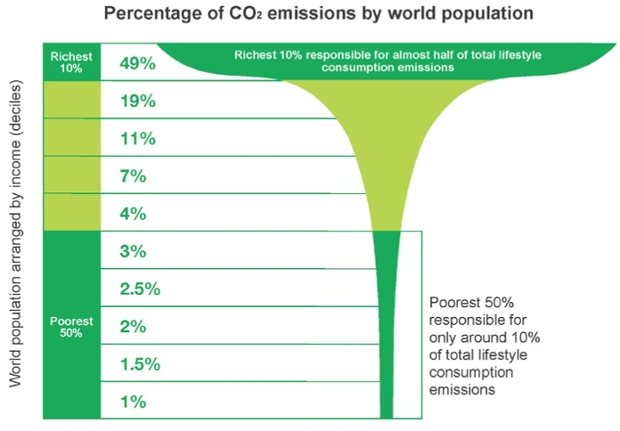
A recent study showed that poorer households are reliant on energy intensive consumption in their homes (heat and electricity), whereas richer households tend to spend their larger incomes on energy-intensive products, and more specifically transport.
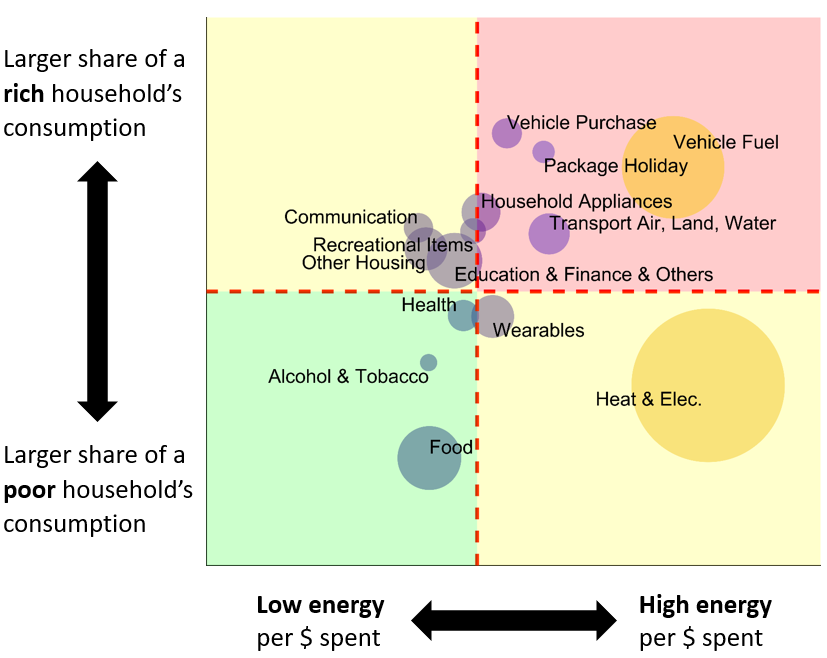
Aviation tends to dominate the carbon footprint of frequent flyers and this is not likely to change in the coming decades. Considering planned fuel and operational efficiency gains, the climate impact of a return long-haul flight to South America, South Africa or Indonesia will still be in the range of 3 to 4 tonnes of CO2e by 2050. Yet globally annual emissions per capita for 1.5°C need to go down to 2.5 in 2030, 1.4 in 2040 and 0.7 in 2050. To put things in perspective, annual emissions per capita in the EU in 2019 were around 7 tonnes.
‘Electric planes and alternative fuels will make aviation a clean mode of transport.’
Synthetic electro-fuels (synthetic fuel produced through combining hydrogen with carbon from CO2) require large amounts of energy (equivalent to 28% of Europe’s total electricity generation in 2015 or 95% of the electricity currently generated using renewables in Europe) and will not be sufficient on their own to bring aviation emissions within safe limits. Biofuels require massive land use either on productive agricultural land or on land currently occupied by natural forests, threatening food supplies and farmers’ livelihoods, destroying valuable habitats, increasing greenhouse gases, and diverting support from other renewable energy sources. Despite claims by the aviation industry about rapid progress in decarbonising flying, alternative jet fuel made up just 0.002% of airline fuel use in 2018—enough to power about 10 minutes of global air travel (11).
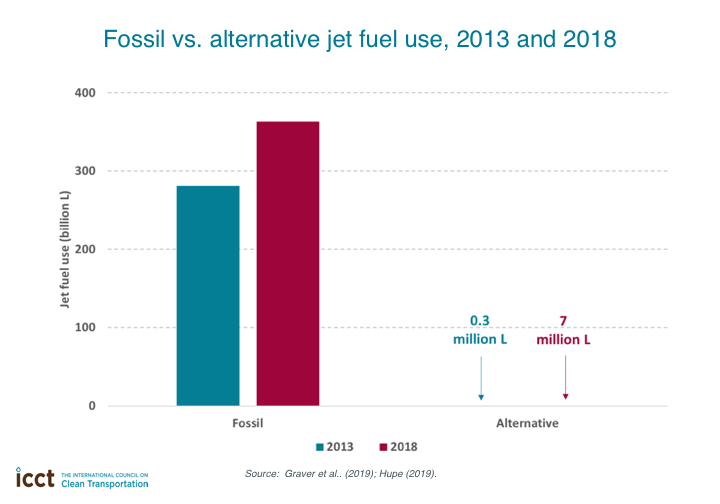
The aviation industry also heralds the immediate advent of electric planes but engineers acknowledge that the roadmap for developing this technology is a long one. Small electric planes for local and regional flights may operate within the next two decades, but there is no prospect yet for commercial short and long haul flights which in the UK are responsible for 87% of aviation emissions. The potential of alternative fuels to decarbonise aviation is limited and commercial electric flights are still a distant dream.
‘Limiting aviation will take us back to the stone age.’
The assumptions underlying this statement are that speed is progress, that affluent westerners have the right to freely roam the world, and that less mobility means a retrenchment into reactionary identities. But the climate crisis has turned this statement on its head. If major planetary tipping points such as the melting of Greenland’s ice sheet or the dieback of the Amazon forest are crossed, it may be beyond human control to stop rising temperatures and the result of this would be the collapse of civilised life; a barbaric future of conflict around scarce resources. Although two decades ago tipping points were considered likely only if global warming exceeded 5°C above pre-industrial levels, recent evidence suggests that tipping points could be exceeded by even between 1 and 2°C of warming. We are currently at 1.1°C of warming.
Final reflections
Ecotourism has been booming since around the same time as the International Panel on Climate Change issued its first report in 1990. These last three decades should have been the time when we successfully addressed the climate crisis. We had the time and knowledge to do it. Instead they became a time for climate inaction. Emissions have increased by 67% and are still rising (2.7% in 2018), partly to satisfy a demand to move ever more resources, goods and people around the world. International tourist arrivals have more than tripled from 435 million in 1990 to 1.4 billion in 2018. These years saw the shift from occasional to frequent flying and the rise of wasteful consumption amongst privileged segments of the world’s population. In only three decades we have used a third of the global carbon budget for 2°C and come to think of activities and lifestyles which are beyond planetary boundaries as normal.
We cannot afford another three decades of climate inaction. The remaining carbon budget is shrinking rapidly and at the current rate of emissions it will be consumed within a few years. In OECD nations we need urgent and unprecedented changes at every level of our societies and economies to achieve the required mitigation rate of 10-15% per year. The tourist industry has to contribute its fair share. It won’t be a smooth process but delaying action is not going to make things any easier.
Am I then arguing that we should stop ecotourism altogether? No, I am not arguing that we should put an end to travel and tourism in natural areas. I am arguing that we should be agnostic rather than enthusiastic about ecotourism, especially if it involves high-carbon transport. The tourist industry needs to cut emissions in line with climate science and focus predominantly on domestic markets that require no flying or less flying. This is critical for the future of any tourist destination. With no technological breakthrough in sight to make aviation a clean mode of transport within a timeframe compatible with climate change targets, and with growing social pressure to curb demand (i.e. flying less and climate movements), it is in the interest of destinations to become less reliant on international tourists by focusing more on markets accessible by low-carbon transport and considering other land uses compatible with the preservation of nature. How to do this in a just manner should be the object of an open conversation about how places, companies and organisations that rely on growing levels of flying can adapt to the realities of the climate emergency. Central to this conversation should be the question of how to share the carbon budget available for aviation equitably and what flying is deemed essential.
Postscript
This article was drafted during January and February 2020 for a seminar on 4 March with students undertaking a Masters course on biodiversity conservation at the University of Oxford. It was published online on 9 March. On 11 March the World Health Organisation declared Covid-19 a pandemic. As restrictions to flying were put in place and, in subsequent weeks tourism came to a complete halt in many places, the media began to report on the effects of the lack of visitors on protected areas, mainly reducing funding for conservation work, the effect on livelihoods, and the rise of poaching.
The fragility of the ‘conservation-funded-through-tourism’ model is now in plain sight for those who want to see. It was a mistake to focus exclusively on international tourists and to neglect domestic tourism and / or other activities. And it is not just about the loss of revenue in the coming months and years. Tourism development can result in a loss of local knowledge and skills for activities that provided local resilience.
The conversation about the sustainability of wildlife tourism needs to consider if wildlife tourism is a viable conservation tool in the face of a growing risk of pandemics. Since the 1990s scientists have warned about the possibility of pandemics like covid-19 in a context of rampant ecological destruction, intensification of farming, growing urbanisation, and increased international connectivity, among other processes. The chances of more frequent and severe pandemics are only increasing. In the last 20 years, we have had six significant threats—SARS, MERS, Ebola, avian influenza and swine flu. Notwithstanding the tragic loss of many lives globally, covid could have been even worse. But what about the next pandemic? (12)
Notes
1 – The International Ecotourism Society defines ecotourism as ‘responsible travel to natural areas that conserves the environment and improves the well-being of local people.’ The tourist industry routinely uses the term loosely to refer to a range of tourist activities in ‘natural’ areas. It is not surprising that reliable updated data on trends is lacking or not publicly available. National statistics at best only reflect flows to regions branded as ‘ecotourism’ destinations, and claims about the growth of ecotourism often rely on indirect indicators such as surveys conducted by the tourist industry on tourists’ values and motivations. Though these surveys can be useful there is little critical analysis of whether those values and motivations translate into greener behaviours.
2 – There is a large and growing academic literature examining basic questions such as who controls local resources, who decides about tourism development, whose values and interests inform conservation policies, who benefits from tourism, how tourism revenue is distributed, and how tourism affects wildlife. Advocates of ecotourism often mention Costa Rica and Madagascar are often mentioned as an example of the virtues of tourism to preserve biodiversity rich areas. Regarding Costa Rica, anthropologist Robert Fletcher argues, however, that ‘state-centered command-and-control-style policies … are responsible for much of the environmental and developmental achievements for which Costa Rica has been widely celebrated and for which more recent market-oriented reforms are often mistakenly credited.’ As for Madagascar, Ivan Scales from the University of Cambridge argues that market-based conservation doesn’t generate sufficient revenue to fund conservation projects and compensate rural people for their loss of access to land and resources. Moreover, he argues that ‘Many Malagasy people living around national parks have compared government ministries, conservation organizations and tourists to the previous colonial masters, who claimed the island’s natural resources as property of the state and set aside large areas of forest for commercial exploitation and the benefit of outsiders’. See Conservation and Environmental Management in Madagascar, Corridors of Power: The Politics of Environmental Aid to Madagascar, Forest and Labour in Madagascar: From Colonial Concession to Global Biosphere. See also this article by Martin Harper, Global Conservation Director of the RSPB.
3 – Part of this impact is the increase in food vulnerability. Keeping temperatures below 1.5°C would reduce the risk of simultaneous crop failure basic staples such as maize, wheat and soybean by 26%, 28% and 19% respectively.
4 – See the report by Victoria Tauli-Corpuz, United Nations Special Rapporteur on indigenous peoples.
5 – United Nations Special Rapporteur on indigenous peoples Victoria Tauli-Corpuz: ‘In the last 14 years, there has been only limited improvement in the recognition of human rights for the millions of Indigenous Peoples and local communities living in or near protected areas, despite commitments by governments and conservation organizations and compelling evidence of the positive and cost-effective conservation role of communities. Yet business-as-usual protected areas are proving insufficient to halt climate change and biodiversity loss.’
6 – ‘Convivial conservation (literally: ‘living with’) is a vision, a politics and a set of governance principles that realistically respond to the core pressures of our time. Drawing on a variety of perspectives in social theory and movements from around the globe, it proposes a post-capitalist approach to conservation that promotes equity, structural transformation and environmental justice. It directly targets the extreme capitalist interests of the global elites, positively engages with but transcends technocratic beliefs of pragmatists and enthusiastically builds on a growing groundswell of global social movements, including Extinction Rebellion and FridaysForFuture youth protests that demand structural change.’ Read more on convivial conservation.
7 – There are differences between countries. In Sweden, for example, the flying less movement has slowed down demand growth and in the UK vegan and plant based diets are becoming mainstream.
8 – See this article and this article by investigative journalist Lisa Song for further information about the other problems of offsetting.
9 – Doug Parr, Greenpeace UK’s chief scientist, argues that ‘There’s no climate leadership in asking someone else to pollute less or plant more trees so you can carry on as before. We’re in a climate emergency and mass tree-planting needs to happen alongside reducing emissions from aviation, not as a way to get around it.’ Mike Clarke, former CEO of the Royal Society for the Preservation of Birds (Europe’s largest bird conservation organisation) is one of the few voices in the UK’s conservation movement who have raised concerns about this issue: ‘With perhaps over a fifth of the world’s bird species list at risk from climate change, aviation is potentially set to consume more than half the UK’s carbon budget by 2050. Increasingly, habitat restoration to capture carbon will be needed to reduce the total amount of greenhouse gases, not to offset emissions’. Considering the current growth of aviation the only effective way to reduce emissions is to manage demand through, for example, carbon taxes and a frequent flyers levy. See campaign by Freeride. For a good review of the debate around the Frequent Flyers Levy this article.
10 – The percentage of business flying in the UK represents around 13% of international flights by British citizens. Passenger Survey Report 2018.
11 – Evolution of IATA’s sustainable jet fuel targets over time: 2009: 10% by 2017; 2011: 6% by 2020; 2020: 2% by 2025; 2018 actual: 0.002%. According to Leo Murray ‘IATA’s current targets for alt jet fuel use in 2050 would require a new bio-jet fuel refinery to be built every week and a half for the next 30 years. Today there are 2 such facilities!’
12 – Mallapaty, S. (2021) The search for animals harbouring coronavirus — and why it matters. Nature 591: 26-28. https://doi.org/10.1038/d41586-021-00531-z
Reporting for the Financial Times, journalist Leslie Hook notes that ‘There are about 1.6 million viruses on the planet in mammals and birds, of which about 700,000 could have the potential to infect humans. But of these, only about 250 have been identified in humans. The rest are still out there—they just haven’t made the leap.’ See: Hook, L. (2020, 20 October) The next pandemic: where is it coming from and how do we stop it? Financial Times. Accessed at: https://www.ft.com/content/2a80e4a2-7fb9-4e2c-9769-bc0d98382a5c (5 September 2021)
A version of this article was first published on 9 March 2020 in the Mobile Lives Forum website.
